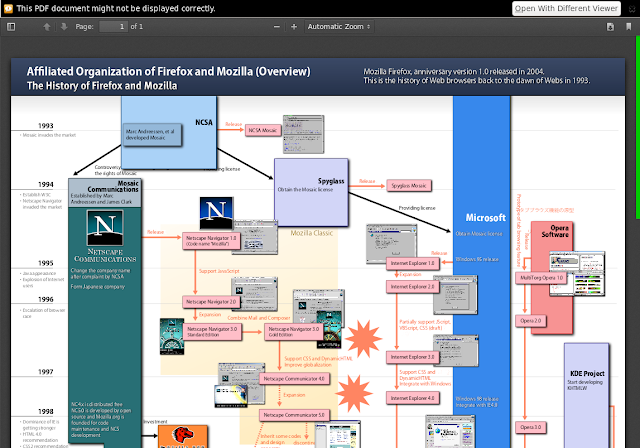
The new GK106 graphics chip from Nvidia seems to be ready for primetime, as many samples have already left the TSMC gate and ended up getting photographed on the internet. This graphics processing unit will enable Nvidia to make more money, as the GK104 on the GTX 660 Ti takes up quite a large chunk on a 28nm wafer.
Nvidia’s GK106 was rumored to have 768 CUDA processing units, but we have a feeling there will be more than double the units on the GK107 GPU used on the GT 640 video cards. We believe there will be 1152 CUDA cores present inside the new Kepler GPU from Nvidia, but not all of them will be activated.
The hardware experts from videocardz.com have managed to get their hands on some clear pictures of the new GPU,...



 8/30/2012 11:31:00 PM
8/30/2012 11:31:00 PM
 dannzfay
dannzfay
































